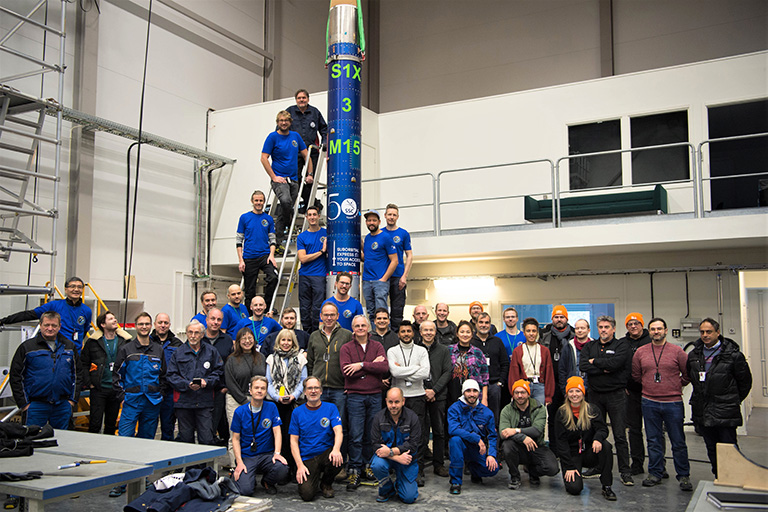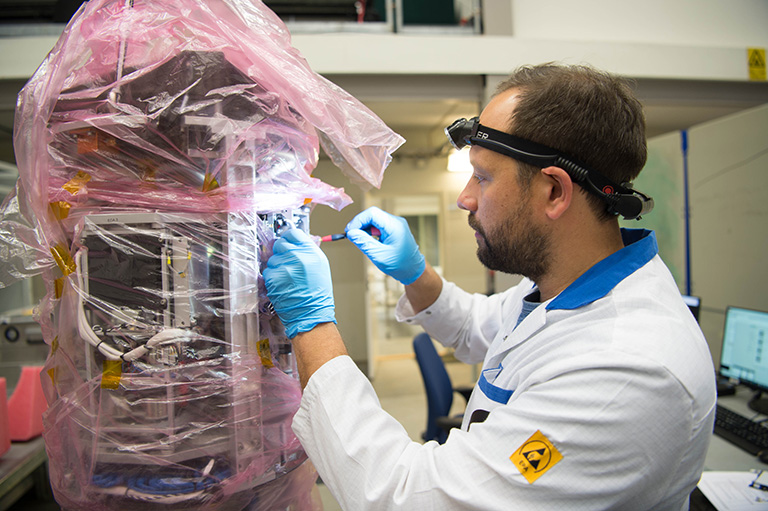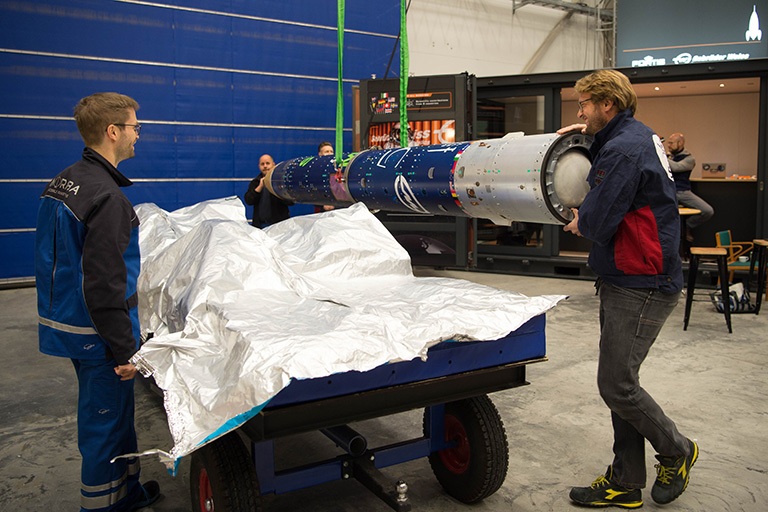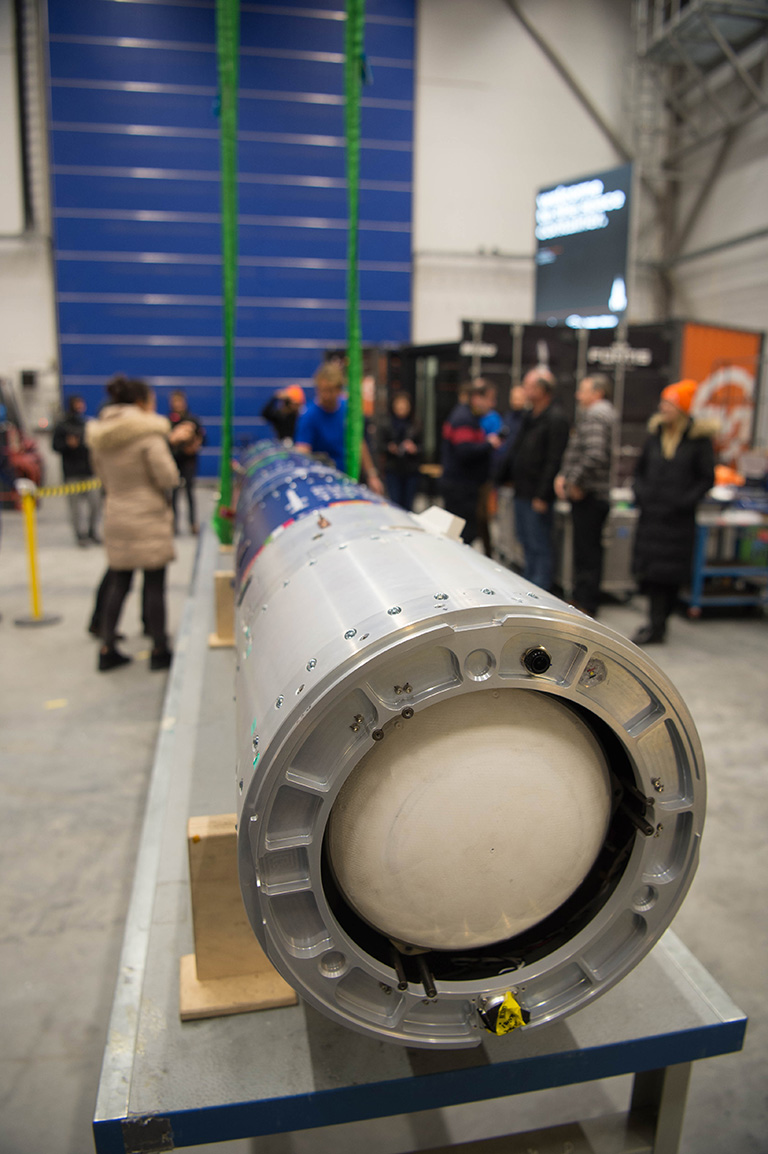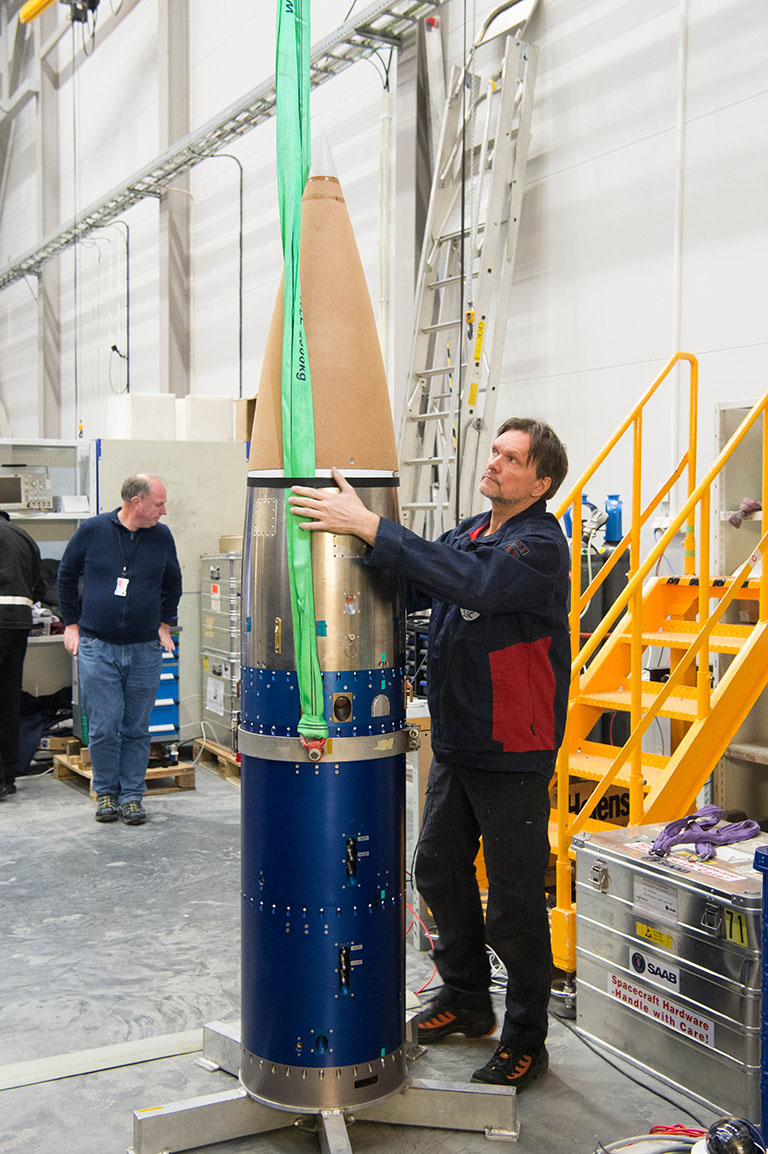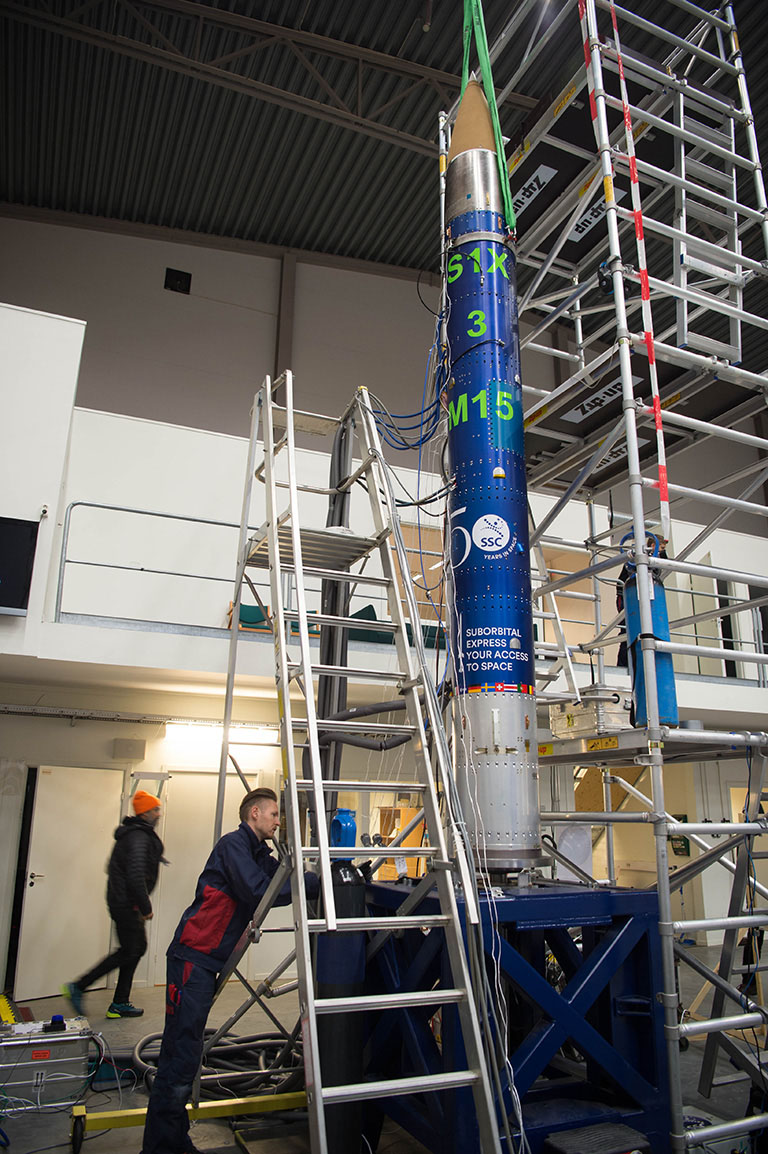On Wednesday, 23 November, the launch window opens for one of the year’s most anticipated rocket launches at Esrange Space Center, above the Polar Circle in Northern Sweden, after two and a half years of planning and preparation. At 8 AM local time, SubOrbital Express 3 will be launched to an altitude of 260 kilometers and provide six minutes of microgravity conditions. Among the twelve different payloads, there are scientific experiments which will investigate everything from stem cells for diabetes research, to particle research that will provide answers about the origin of planets.
SubOrbital Express 3 is the fifteenth in a series of MASER rockets launched from Esrange since this sounding rocket program started in 1987. MASER stands for “Materials Science Experiment Rocket” and the European Space Agency, ESA, is the program’s largest customer, funding several of the experiments on board.
“Various mechanisms are easier to study in microgravity, as gravity often has a strong influence on the experiments that we work with. This year’s SubOrbital Express campaign has a payload containing twelve experiments in widely different disciplines that could potentially provide answers which are directly significant for life on Earth. It’s wonderful that Sweden and SSC can be part of such important research,” says Stefan Krämer, program manager of the mission.
